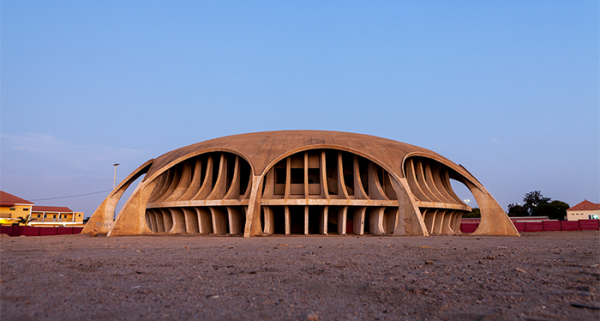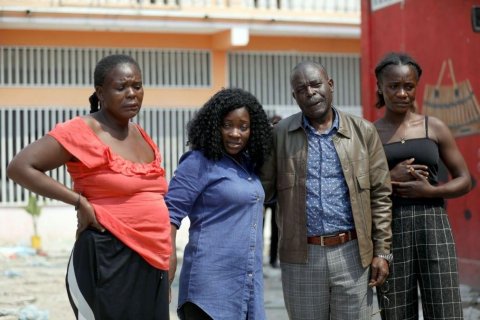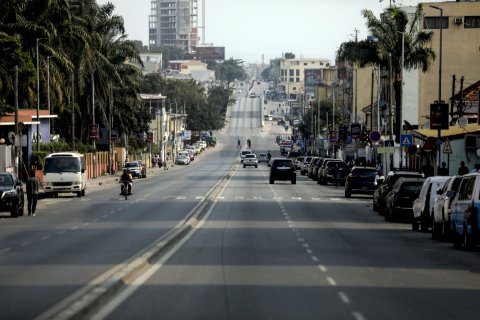"The selection of Cine-Estúdio Namibe to be part of the list of 25 historical sites of global relevance of the World Monuments Watch 2025, among hundreds of applications, reflects its importance for Angola as a significant landmark of its cultural heritage", highlights FAUP in a statement.
The project, which will last two years, aims to "enhance the use and promotion of an emblematic building for local communities, together with its long-term conservation and maintenance", according to the project coordinator, Teresa Cunha Ferreira, quoted in the statement.
"At the same time, it will raise international awareness about the need to safeguard Angola's modern heritage, which is in some cases at risk, and pass it on to future generations," she adds.
The Cine-Estúdio Namibe, "an important example of modern tropical architecture", was designed by the Portuguese architect José Botelho Pereira in Namibe, in 1973 and commissioned by the Sociedade Cine Moçâmedes, S.A.R.L., which belonged to Gaspar Gonçalo Madeira, António Pedro Bauleth and Eurico dos Saint Martins.
The building, whose construction began in 1974, was never fully completed, as its construction was interrupted the following year as a result of the political instability that followed the proclamation of Angola's Independence (1975).
Its unique circular shape earned it the popular nickname of "spaceship", becoming an emblematic landmark in the city of Moçâmedes, already listed as a national heritage site by the Ministry of Culture, Tourism and Environment.
The city of Moçâmedes prospered in the 19th century due to its strategic location close to the port and fishing activity, consolidating itself in the following century as an important cultural center in the south of the country.
The Cine-Estúdio Namibe and other cultural facilities built in the 1960s and 1970s reflect the urban transformation of the city, being part of the expansion zone planned during the last years of the Portuguese colonial period.
"Although it has remained in a state of disrepair for over fifty years, the modernist concrete structure of the Cine-Estúdio Namibe, currently owned by the government of Namibe, remains largely intact, and is now considered a valuable representation of 'Tropical Modern' in Angola", the statement highlights.
The research will be carried out with the involvement and consultation of local communities and partners and a multidisciplinary team composed of national and international experts.
The project is part of the Center for Architecture and Urbanism Studies (CEAU) at FAUP and constitutes one of the lines of action of the UNESCO Chair "Heritage, Cities and Landscapes. Sustainable Management, Conservation, Planning and Design", awarded to the University of Porto through from FAUP.
The team that prepared the application is composed of Teresa Cunha Ferreira (FAUP/CEAU, UNESCO Chair), Luís Urbano (FAUP/CEAU), Pedro Murilo Freitas (FAUP/CEAU, UNESCO Chair), Ana Tostões (Lisbon Technician, FAUP/CEAU ) and Rui Fernandes Póvoas (FAUP/CEAU, UNESCO Chair).
It also has consultants Paulo B. Lourenço (UMinho/DEC) and Maria Manuel de Oliveira (UMinho/EAAD).
The application was prepared in partnership with Iperforma Angola (Daniel Quintã, Margarida Quintã and Afonso Quintã) and included Susana Matos (Lusíada University of Angola) as the project manager on the ground.
The World Monuments Fund is the leading independent organization dedicated to safeguarding and preserving important architectural and cultural sites around the world, working at more than 700 sites in 112 countries.







